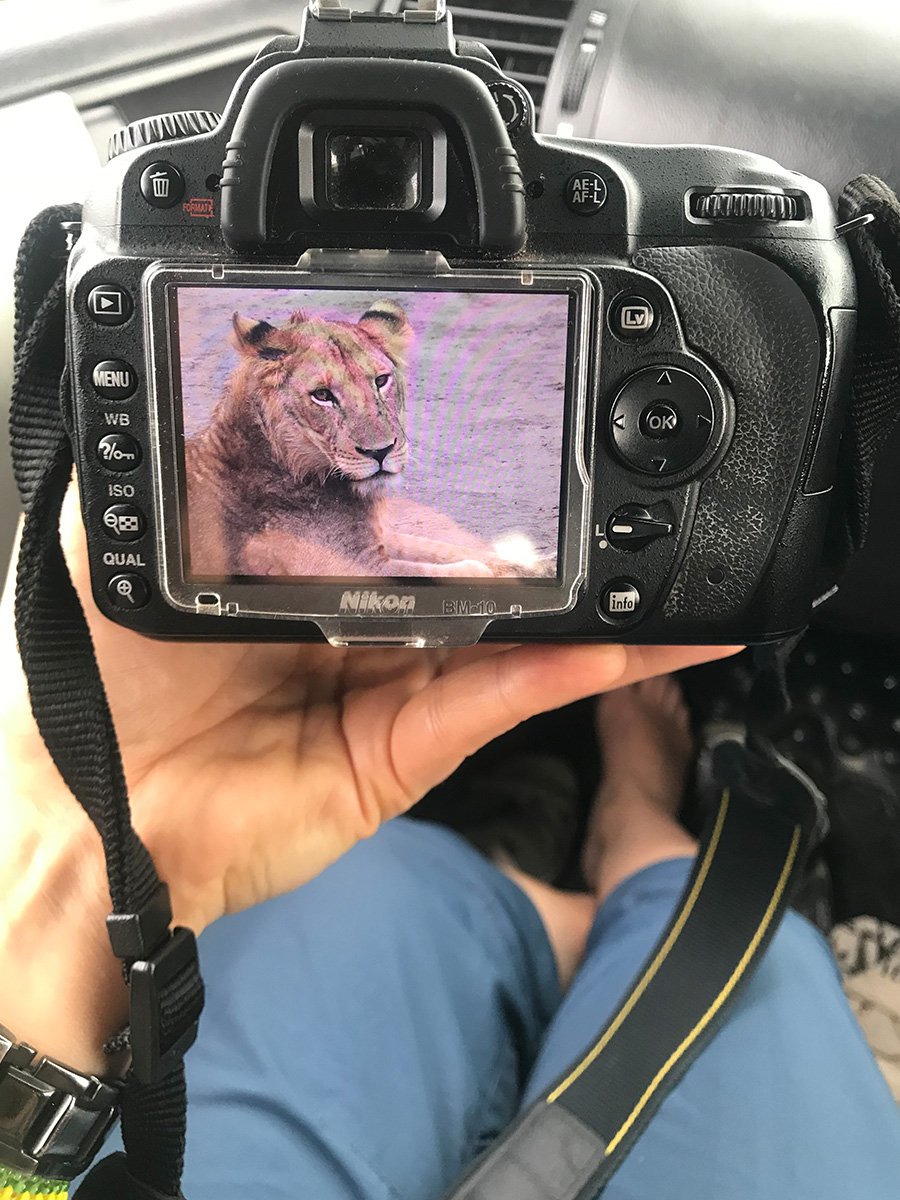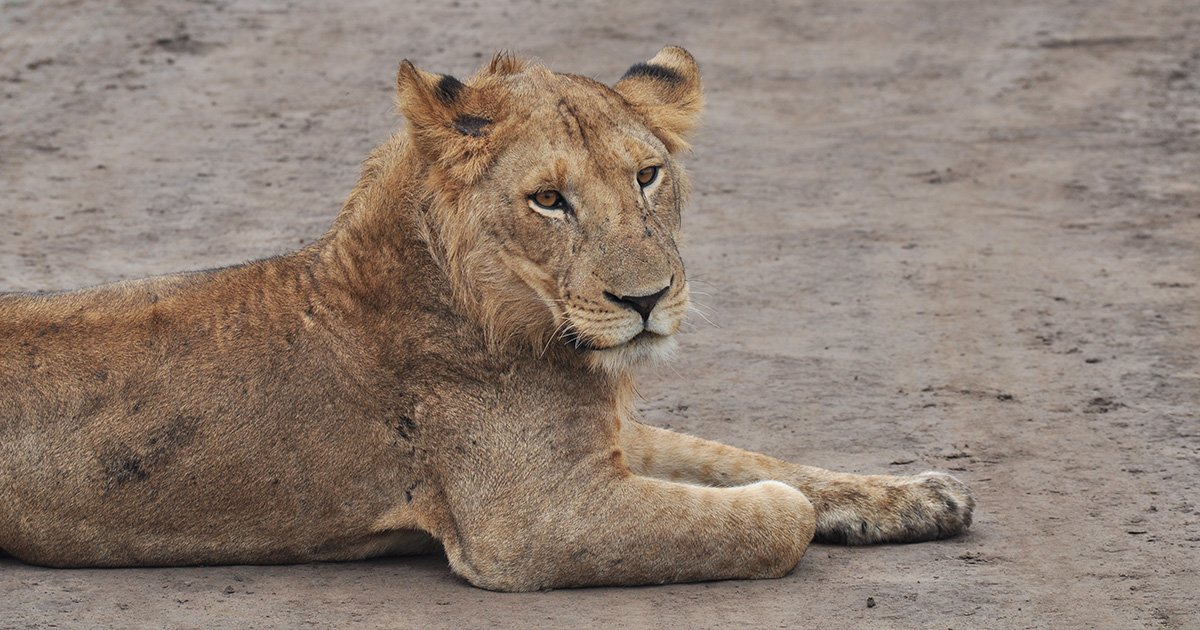Uganda: a country to embrace with open arms (Part 2)
In the second part of Elisa’s journeys through Uganda, she starts her day by with some exciting wildlife encounters!
Wild animals crossing the tarmac roads is quite a common sight in rural Uganda. Beyond the usual pedestrians – extremely longhorn cows and goats – solitary pigs were also spotted in front of the car I was travelling in. There were goats taking a nap in the middle of the road on my way from Kampala to Murchison Falls NP, but I realised that it was 5am when we drove by, so perhaps they were not expecting passers-by at that time.

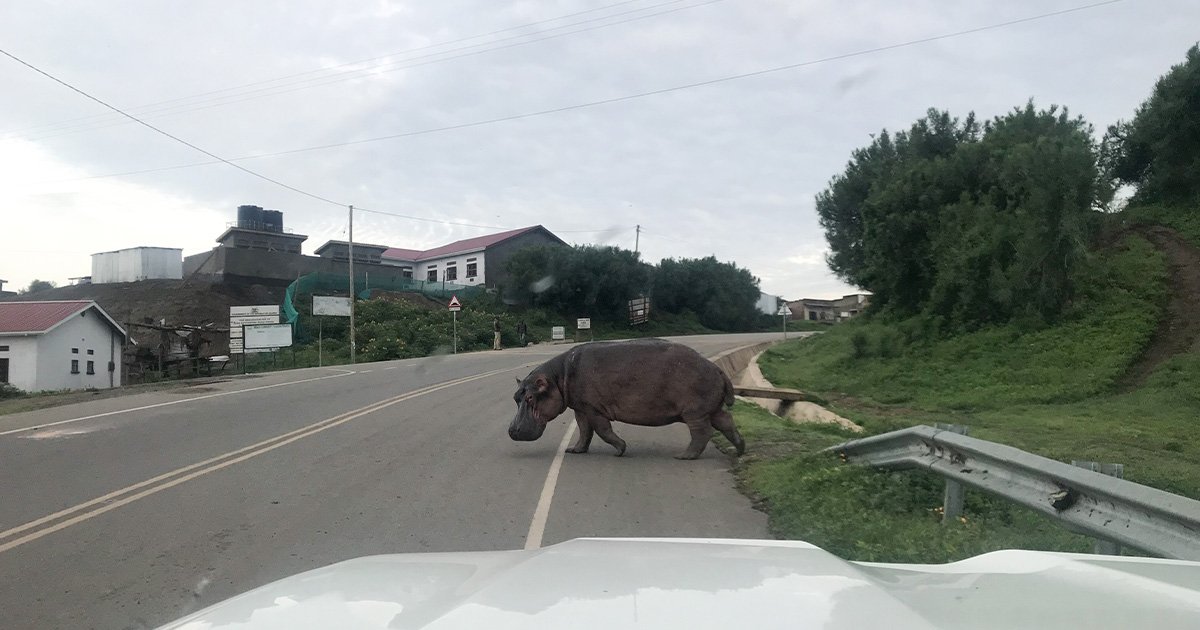
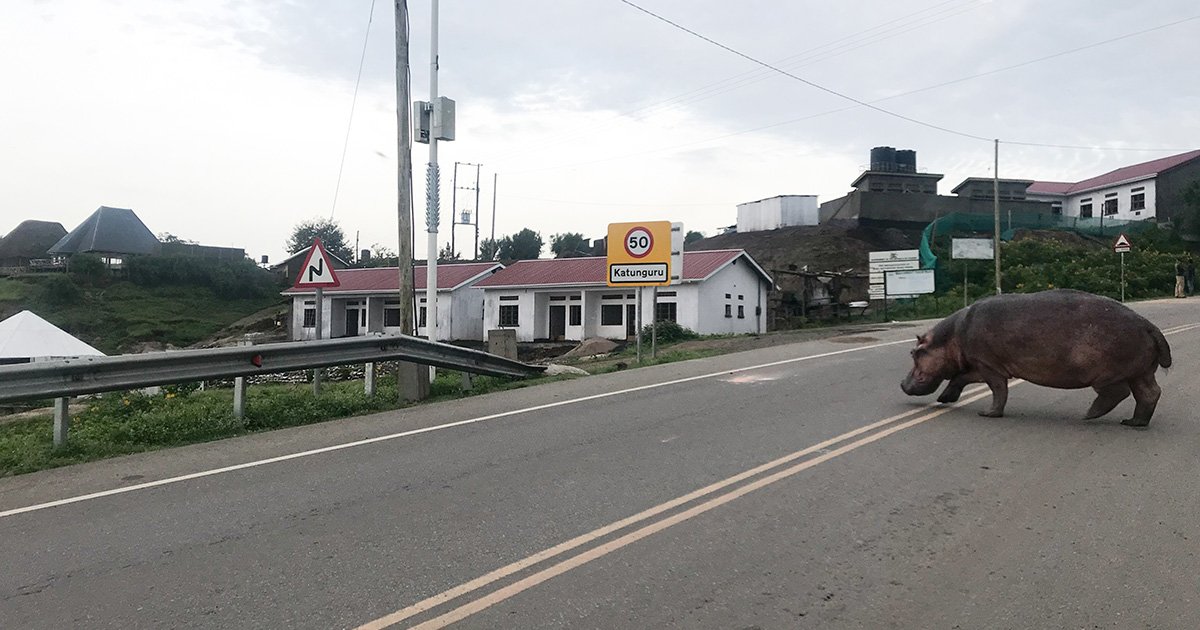
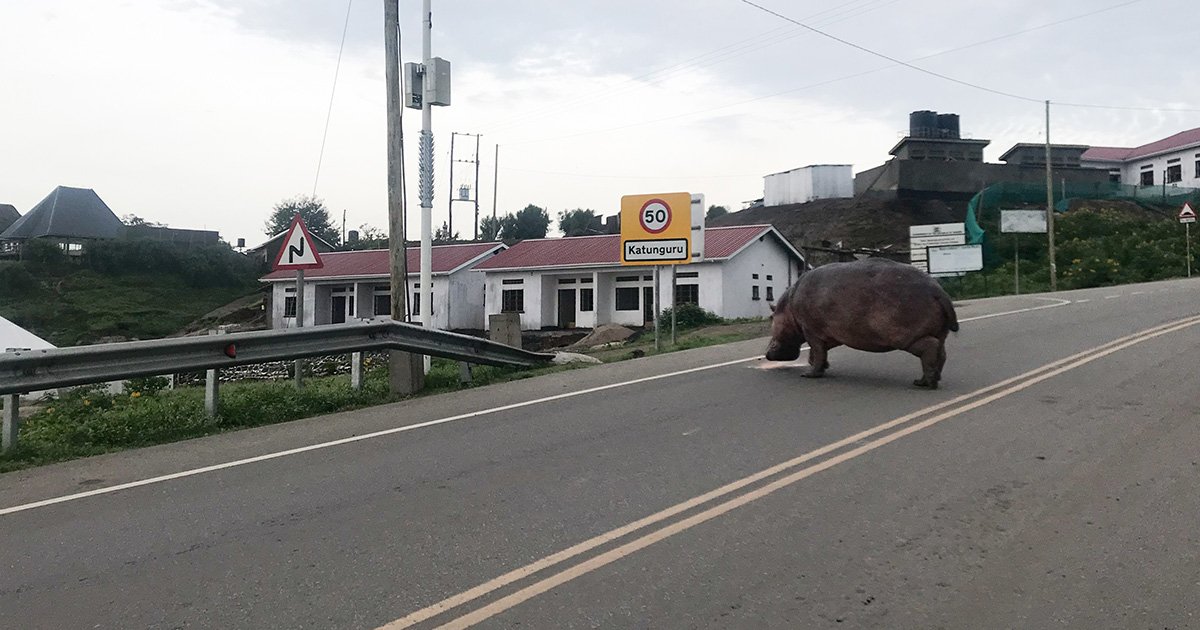
Although I was expecting a series of wildlife crossings inside the NP – as had happened in Akagera NP, in Rwanda – the hippo I met on my way to the entrance to Queen Elizabeth NP was literally a massive surprise. Still, in time for a late lunch break, this hippo was rushing to the other side of the street for easy access to the north bank of the Kazinga channel, to find greener pastures. It was a bit unusual to see one of them at that time (around 6.30am), in fact, although the sun had not risen yet; hippos usually feed at night, because their skin is very sensitive to the sun and cracks very easily, unless in water or covered by mud.
Hippo Spa – Queen Elizabeth NP
Uganda’s second largest NP, Queen Elizabeth, extends to almost 1,978 km2 and has an extraordinary diversity of landscape that ranges from grassland to acacia woodland, tropical rainforest to swampy shores and saline crater lakes to fresh water.
Saline Lake in Queen Elizabeth NP
I didn’t have the chance to explore the whole extent of the park, however, my visit was marked by several remarkable wildlife encounters. The most emotional of which for me was seeing my first ever wild lion.
The announcement of the possibility of meeting the ‘king of the jungle’ happened, while I was photographing a couple of beautiful ‘national’ cranes – the grey-crowned crane – that appear on the Ugandan flag.
The Grey-crowned Crane – Queen Elizabeth NP
A couple of young lions walked away from the group of females and young ones, and took a little, slow-paced stroll, undisturbed by the safari cars full of surprised and excited people pointing their cameras straight at them.
It was somehow surreal to be sitting inside my car’s door, so I climbed outside the window to have a better view – part of the semicircle of cars which ended up surrounding the two exemplars of the most feared animals in the savanna, observing its moves from up close.
For the first time I realised why the lion is called the ‘king of beasts’: it seems to fear nobody, is fully confident in its strengths and it has no intention of wasting its energies on uninteresting activities. It has its reasons for being fearless. According to Britannica, a fully grown male adult can reach 7 feet (2m) long and weighs up to 500 pounds (ca 230 kg).
Now and then they moved, and one of them decided to take a nap laying against the wheel of one safari vehicle, to the joy of the only tourist that was onboard, who for ten minutes didn’t stop taking pictures. The lion was not at all interested, took its nap and then moved away to another spot.
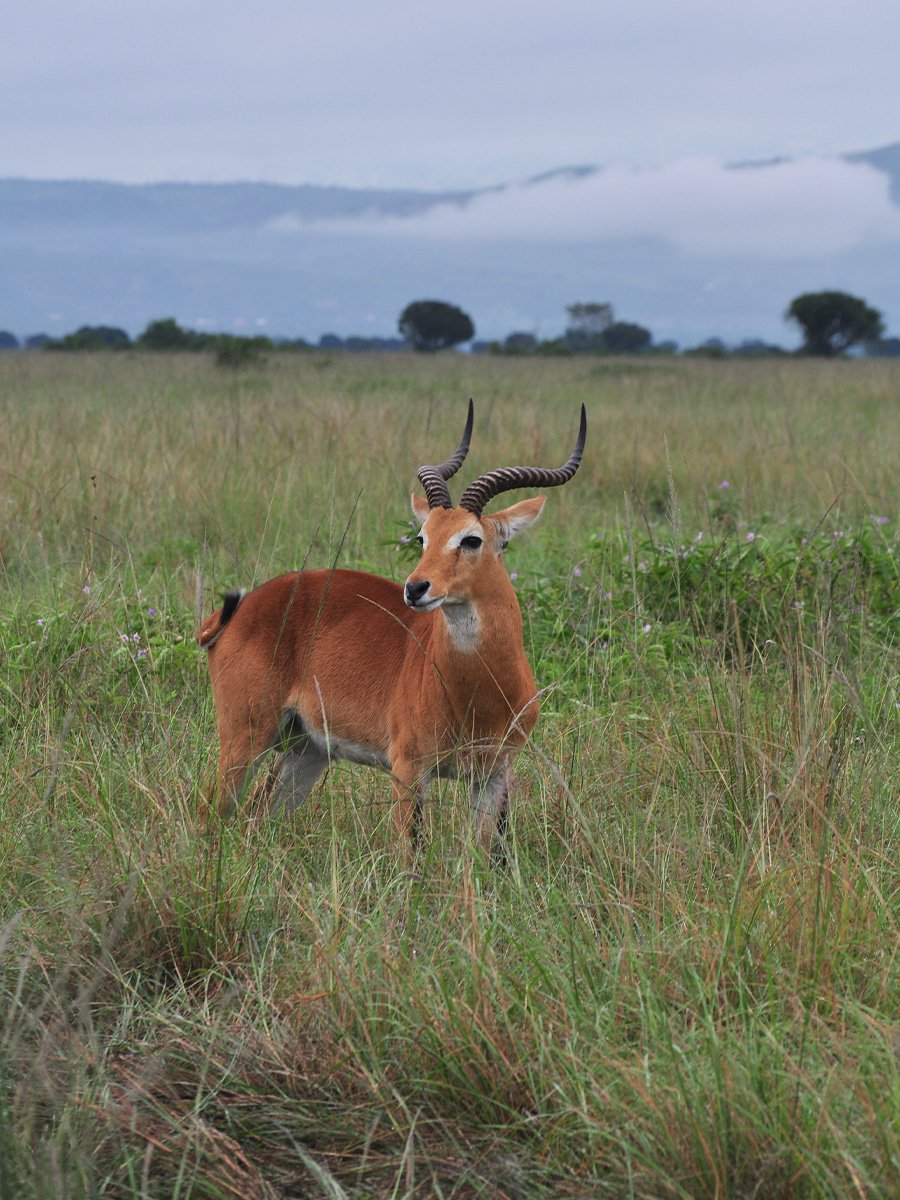
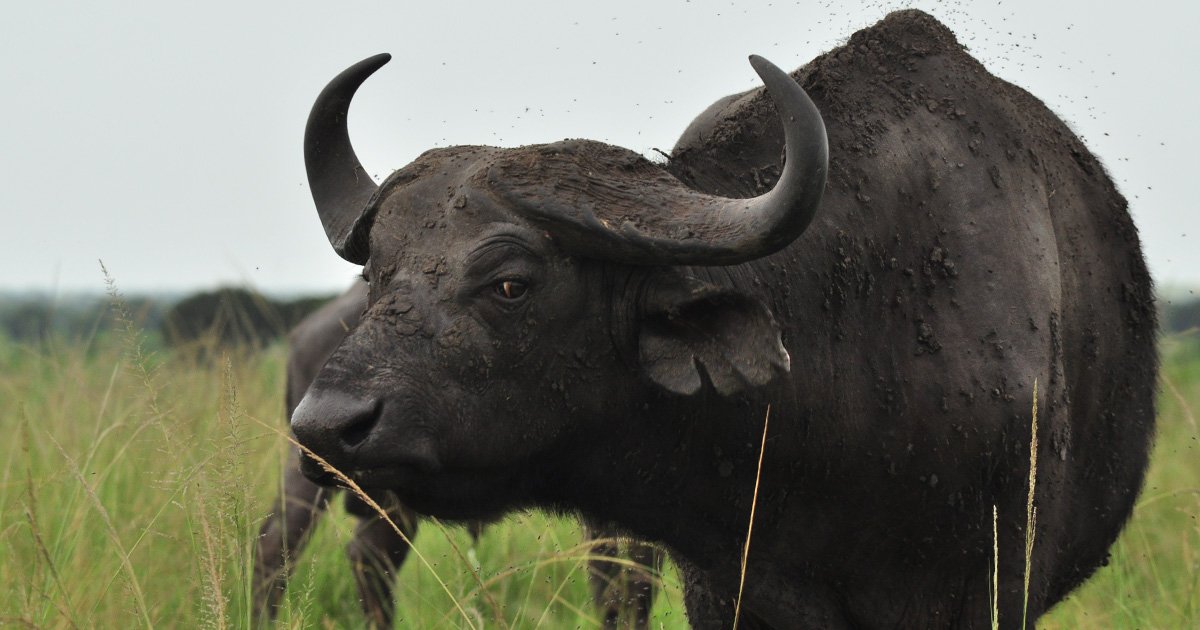

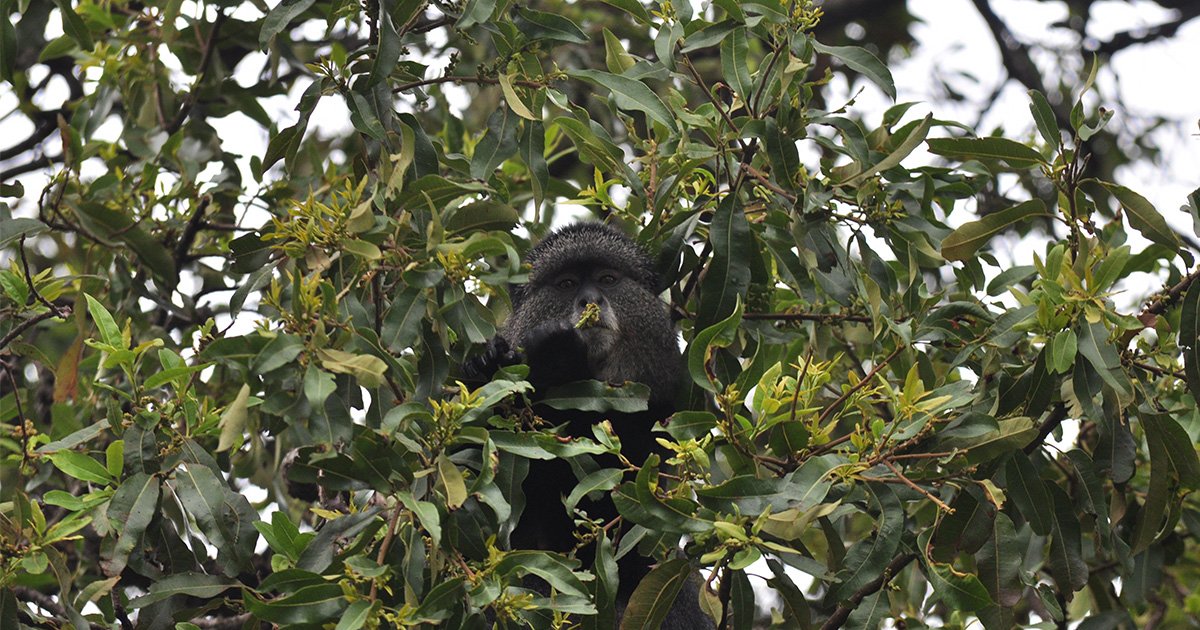

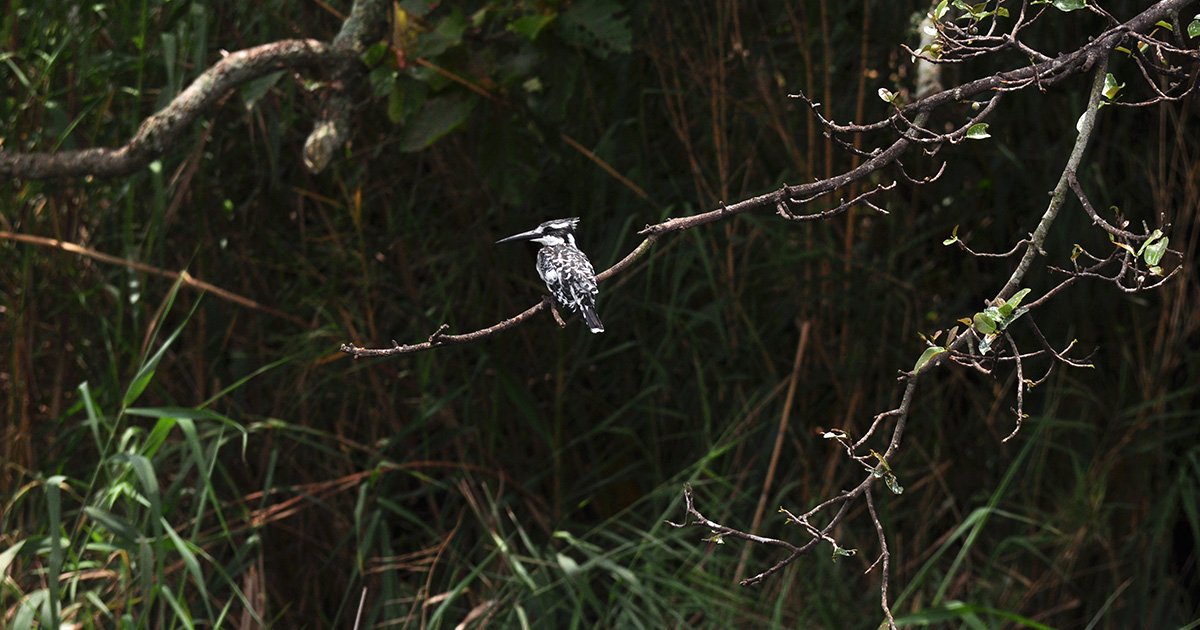
That day of wildlife encounters ended with an unusual one, which I sadly missed. I thought my driver – always prone to joke – was kidding when he told me that I had just missed the regular evening walk of one of the local elephants. There is a pond behind one of the lodge buildings where I was staying and, every evening, that particular elephant finds its way almost as far as the rooms and villas, walking elegantly and steadily along the same paved lane used by the guests. I could see the wiggling of its hips under the short lamppost that brightened the path on the video that Abdul finally showed me, giggling in awe. Such a graceful and respectful guest, I thought.
Early morning walk – View from Buffalo Safari Lodge
A nice appetiser…
It feels like the two weeks, packed with activities, experiences and miles across the astounding scenery, was just a drop in the ocean compared to all that the country has to offer.
Before leaving, I had already marked the continuation of my visit with a list of places and encounters that I want to go back and experience. Although I am still wholeheartedly celebrating the experiences that I had – and this article does not have enough space to contain them all – I know that I need to come back to this country to watch the climbing lion of the Ishasha Plains, in another sector of Queen Elizabeth NP, meet the chimps at Kibale NP and the gorillas in the Impenetrable Forest of Bwindi NP.
I also intend to return to see the tea plantations in Fort Portal and the Rwenzori mountains from close up, and perhaps even to climb them. I would also like to take the boat and see the Murchison Falls from the other side. Last but not least, I am looking forward to paying a visit to the remote areas of the North Karamoja and its traditional communities.


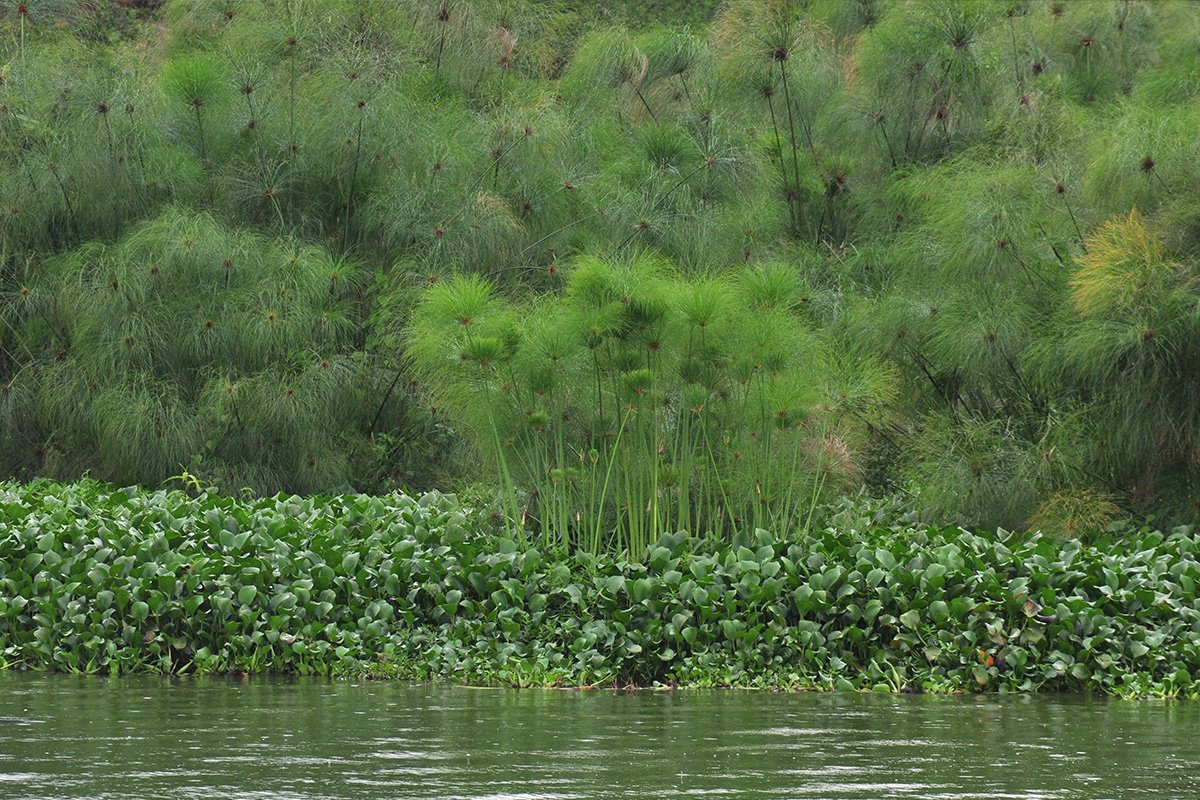
I feel I need to open another chapter to talk about the invisible communities of this fascinating country, after having visited the National Museum in Kampala and learnt about the history and traditions of the fifty-six (yes, fifty-six!) different ethnic groups that still populate it.
My next trip will definitely focus more on the local communities, which I only started to learn about since I travelled there. I will be directing my next journey in an anthropological direction – closer to my natural predisposition and interests – meeting cultures at the grassroots level, which for different reasons I was, unfortunately, not able to do this time. Now that I have discovered the cultural richness of this gentle country, my next trip will be completely immersed in it.
Many stories still need to be told and that is the place where I belong.
***
I entered the country with no expectations and an open mind and left it finally understanding why it is called ‘the Pearl of Africa’. Its astonishing beauty is naturally hidden inside a hard and rough shell of little information and a lack of communication, which doesn’t reflect what it nurtures inside. A pearl is smooth and glowing with its own light, but one needs to be close to it to appreciate its radiance and be captured for life by its simple beauty.
Come closer to Uganda and you will fall in love.
See you soon, Uganda!
As a part of the Travel Matters team of Travel Advisors, I invite you to reach out to me if you need advice to plan your own itinerary through the real hidden gems of Uganda. I would be happy to share my knowledge with you and help you tailor-make your next trip to the Pearl of Africa. You can contact Elisa at -travelmatterswithelisa@gmail.com
(This blog has been written by Elisa Spampinato, a travel writer & Community Storyteller, CEO & Founder at Traveller Storyteller. She travelled to Uganda in September 2022. Photo Credits by Elisa Spampinato)



